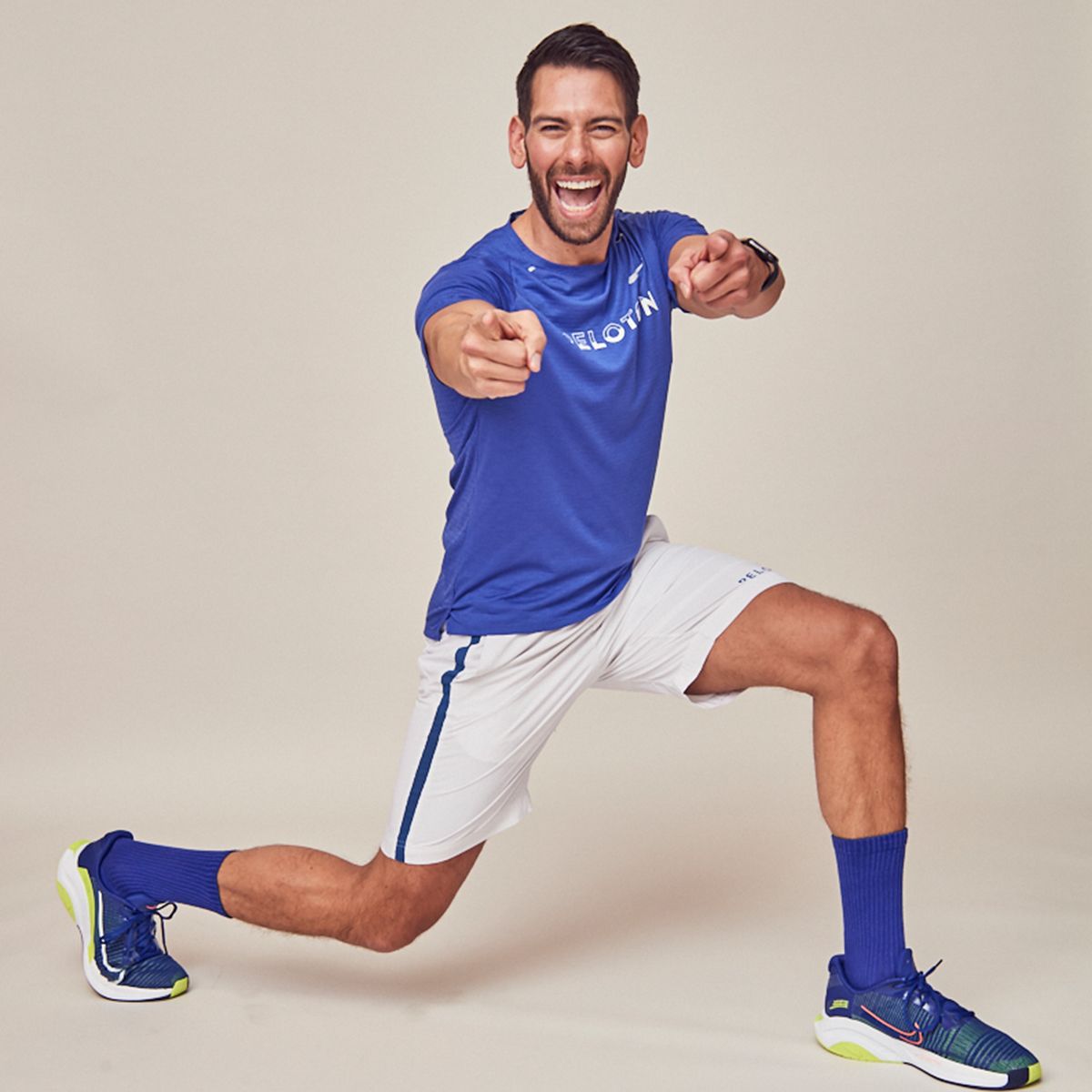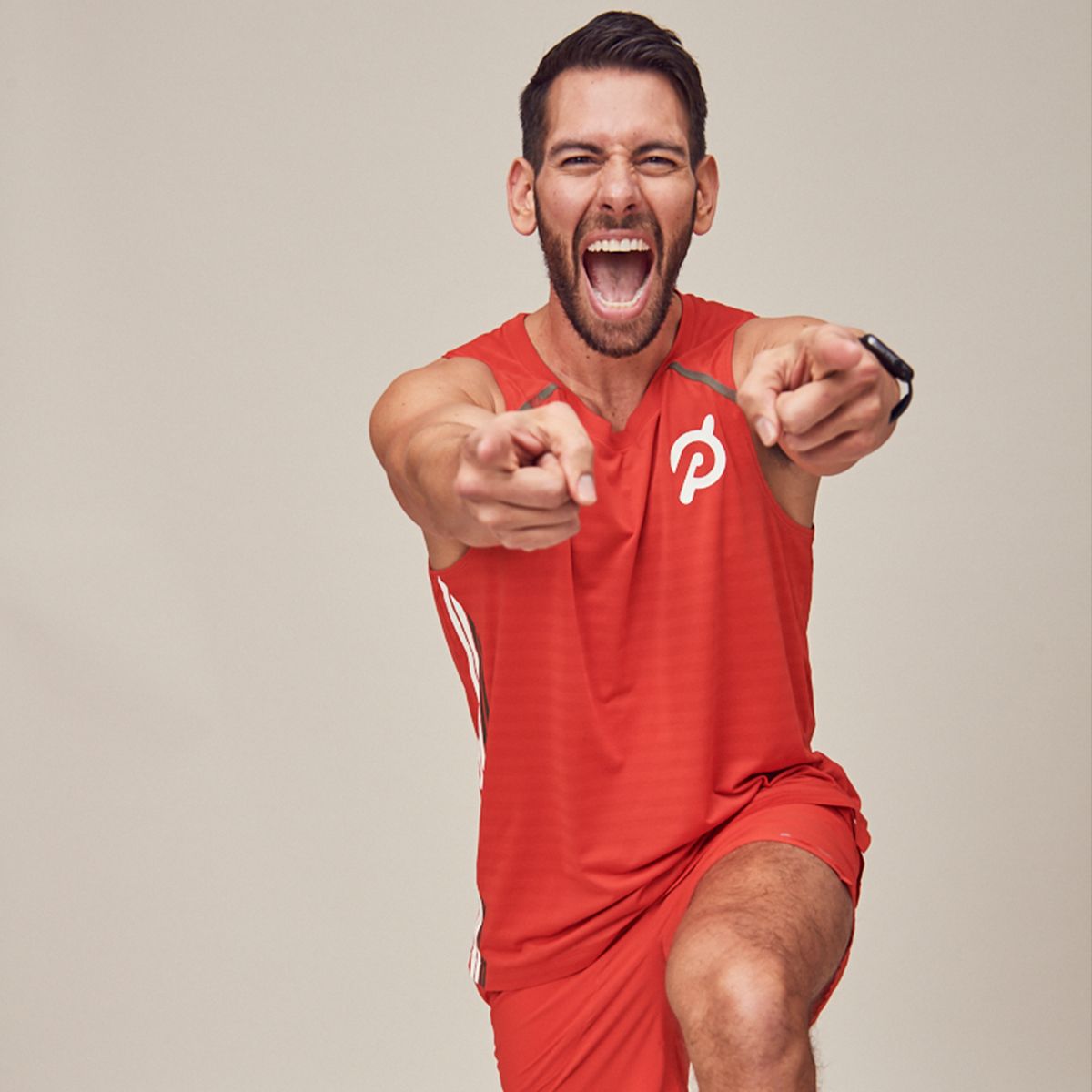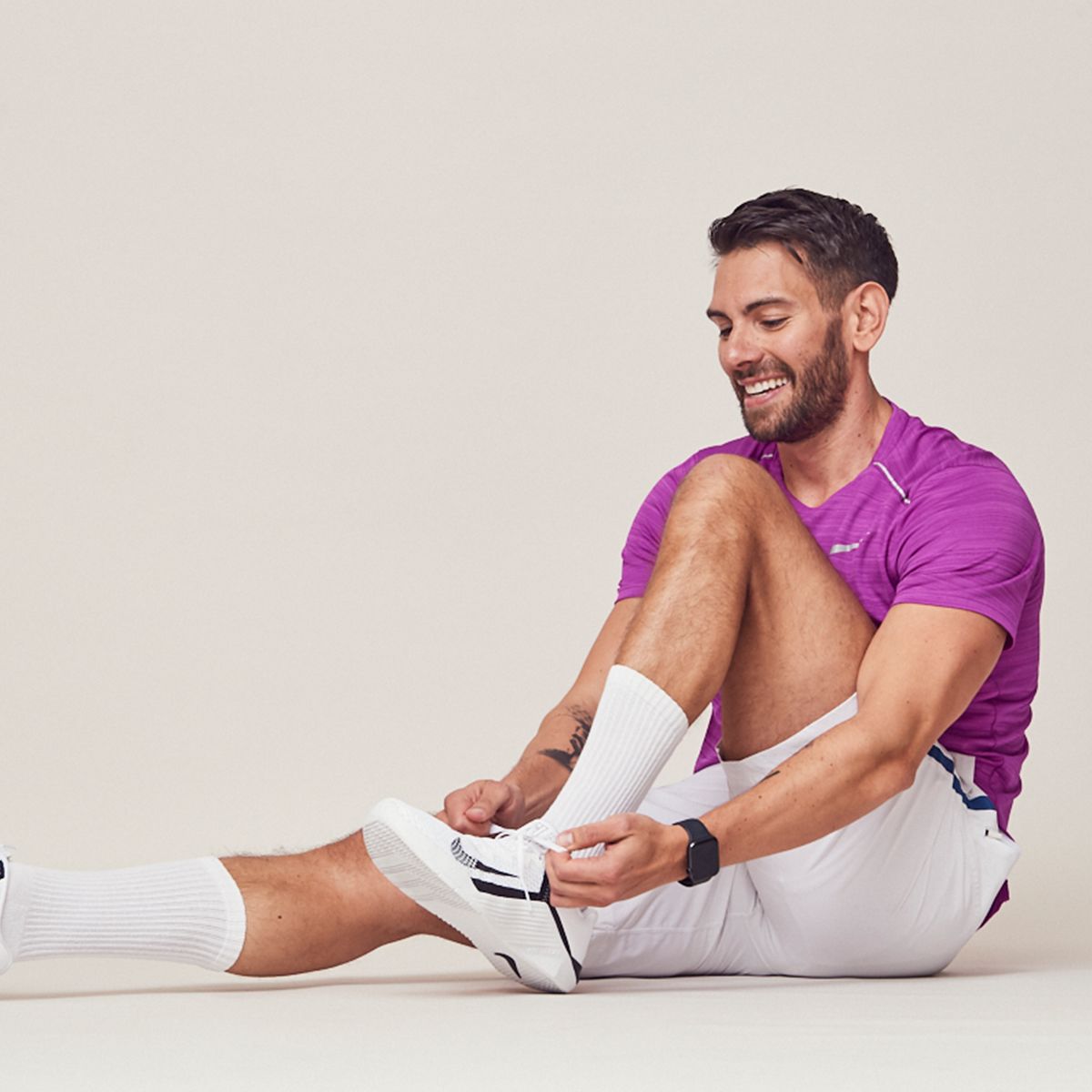
Why You Should Follow a Training Program
Building strength is all about developing a goal and executing a plan for reaching it.
By Eric Arnold•
Whether you’re on your 2,000th ride or your 20th outdoor run, the temptation remains the same when you touch the Peloton screen: just pick the class type, length, instructor or music that suits your mood. But no matter your fitness ambition, it’s worth sticking to a plan instead of randomly tapping on that latest EDM or climb ride in a whimsical attempt to crush your PR.
Spontaneity, though the spice of life, could lead to overtraining—or, worse, injury. Instead, set yourself a goal and work toward it with a training program. “Once you have that goal in mind,” says Peloton instructor Matty Maggiacomo, “track your progress and pay special attention to consistency.”
This is important whether you’re trying to improve your overall health, or you’re preparing for a race. “Developing a training program is certainly a more thoughtful approach, versus just taking whichever class suits your mood,” Matty says. “Focus on the reward at the end of the program and reaching the goal that you've set for yourself.”

Everyday Training
If you’re looking to improve your general health, start by setting a clear, straightforward, SMART goal: Specific, Measurable, Attainable, Relevant and Time-bound.
“It's not enough just to say, ‘I want to run faster,’” Matty explains. “Rather, set a goal such as, ‘I want to run a sub-25-minute 5K,’ then use context to ask yourself what your last 5K PR was and know how many weeks you are realistically committed to training in order to reach that goal.” (Read on for more expert advice on how to set your running race pace.)
From there, you can start figuring out which types of classes—running, cycling, strength, core, whatever—you’ll need to get there. Pro tip: Peloton Programs, which are available on the app or your Peloton equipment, can guide you through the process. (We recommend Beginner Strength, which features Matty and Olivia Amato.)
Just remember, not all goals are alike. While you might need 12 to 16 weeks to reach a running goal, Matty points out, a strength goal might be achievable in six weeks. And, most importantly, “Listen to your body and leave room in your schedule for the appropriate rest and recovery days.”

Training for Race Day
Let’s say you have a triathlon, half marathon or some other big event coming up. Any athlete will tell you that training hard, right out of the gate, isn’t the key to crossing the finish line—it’s having a plan.
“It's a gradual, patient, slow build, and then you taper off with just two weeks before your race,” Matty explains. “And you should aim for one to two rest days per week.”
Remaining focused on your goal also means simulating some of the factors or elements you’ll experience on race day—maybe it’s a hill two-thirds of the way through a half-marathon, for example. During the longest run of your peak training week, plan for an uphill stretch late in that workout. You’re preparing your body and mind for the specific goal ahead. “Focus on just what the training plan asks for—and not more,” Matty says.
While all this might sound lacking in the spontaneity that makes Peloton classes fun, Matty says the key to keeping training interesting is all about mindset. “Approach every workout as a new adventure, and pay special attention to how you feel yourself getting stronger or how you feel differently if you're repeating the workout,” he says. “Progress not perfection!”
Ready to get training in a more mindful way? Try a Peloton Program on the app!
